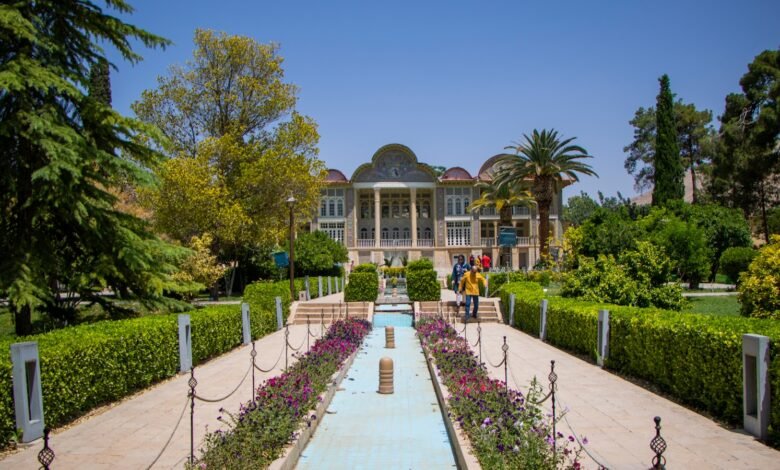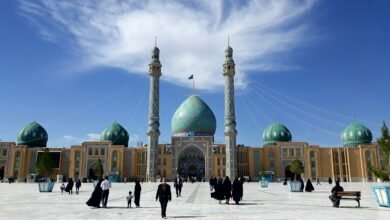Shiraz – The City of Poetry, Gardens, and Persian Soul

Located in southern Iran, Shiraz is one of the oldest and most culturally rich cities in the country. Often referred to as the City of Poets, Literature, Wine, and Flowers, Shiraz has long been celebrated as the heart of Persian identity, home to timeless gardens, breathtaking architecture, and the final resting place of some of Iran’s greatest literary giants.
The Cultural Capital of Persian Poetry
Shiraz is the birthplace and eternal home of two of Iran’s most revered poets:
-
Hafez – Whose verses on love and mysticism are engraved in the hearts of millions.
-
Saadi – A 13th-century poet famous for his works Gulistan and Bustan, which remain literary masterpieces today.
Their mausoleums are spiritual and cultural hubs, where Iranians and tourists alike recite poetry and reflect on Persian wisdom.
Top Attractions in Shiraz
Tomb of Hafez (Hafezieh)
Surrounded by cypress trees and elegant architecture, this peaceful site is one of the most visited in Iran. Reading Hafez’s poetry here is a must-do cultural ritual.
Tomb of Saadi (Saadieh)
A beautiful blend of traditional Persian architecture and landscaped gardens, this tomb honors the poet of morality and wisdom.
Eram Garden (Bagh-e Eram) – UNESCO Tentative Site
A Persian paradise with tall palm trees, fragrant roses, and a beautiful Qajar-era mansion. Eram Garden is the epitome of Persian garden design, symbolizing harmony between nature and art.
Nasir al-Mulk Mosque (The Pink Mosque)
Famous for its stained glass windows and stunning tilework, this mosque becomes a kaleidoscope of color when the morning sun streams through—creating a magical, almost dreamlike atmosphere.
Vakil Bazaar
This historic market, with its vaulted ceilings and labyrinthine alleys, is a treasure trove of carpets, spices, jewelry, handicrafts, and Shirazi souvenirs.
Vakil Mosque and Vakil Bath
Part of a grand architectural project from the Zand dynasty, these historical buildings reflect Shiraz’s status as a former capital and cultural powerhouse.
Qur’an Gate (Darvazeh Quran)
A historic gateway at the entrance to the city, once containing handwritten Qur’ans meant to bless travelers entering Shiraz.
Arg-e Karim Khan (Karim Khan Citadel)
A fortress from the Zand dynasty featuring large walls and watchtowers, offering insights into the city’s military and administrative past.
Shirazian Culture and Cuisine
Shiraz is known for its warmth, hospitality, and elegant lifestyle. Some of the unique local dishes include:
-
Kalam Polo – Cabbage and rice dish with meatballs
-
Shirazi Salad – A refreshing mix of cucumber, tomato, and herbs
-
Doogh – A yogurt-based drink often served with mint
Although wine production is no longer practiced in modern-day Iran, Shiraz historically produced a world-renowned red wine, hence the name “Shiraz” used internationally.
Best Time to Visit
Spring, particularly April and May, is ideal when the orange blossoms bloom, and Shiraz is at its most fragrant and vibrant.
Why Visit Shiraz?
Shiraz offers a rare blend of spirituality, poetry, elegance, and peace. From gardens that inspired Persian art to mosques that mesmerize with their color and light, the city is a gateway to the soul of Iran.
In a single walk through Shiraz, you experience centuries of art, philosophy, love, and history—all unfolding in one poetic journey.



